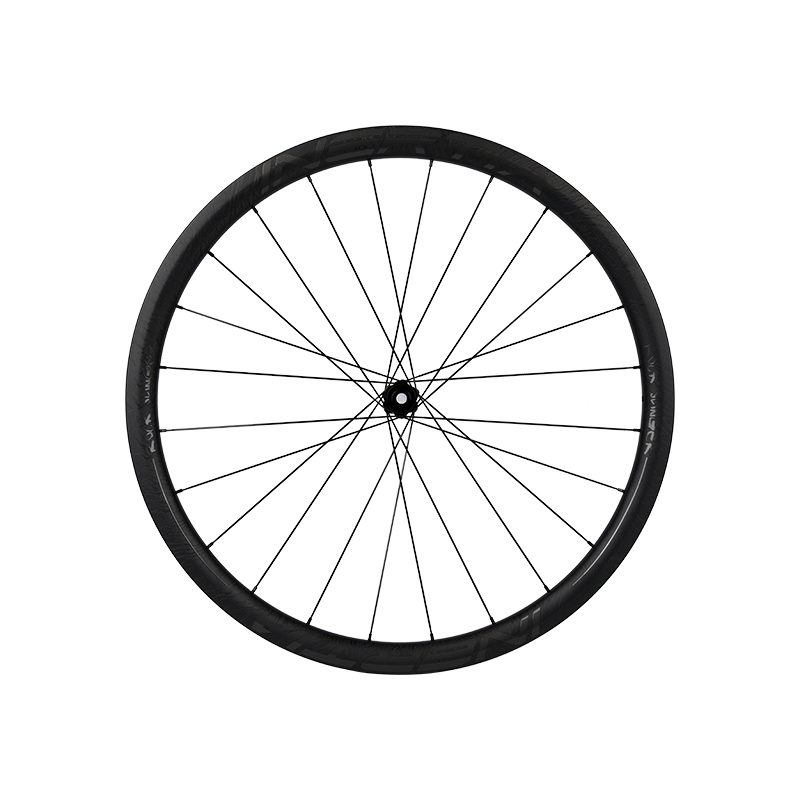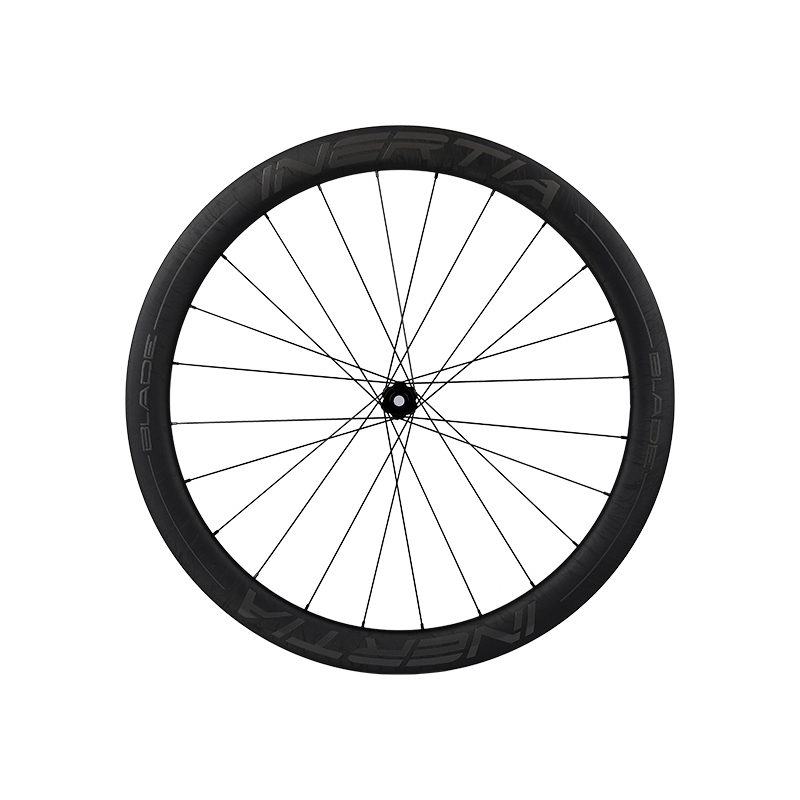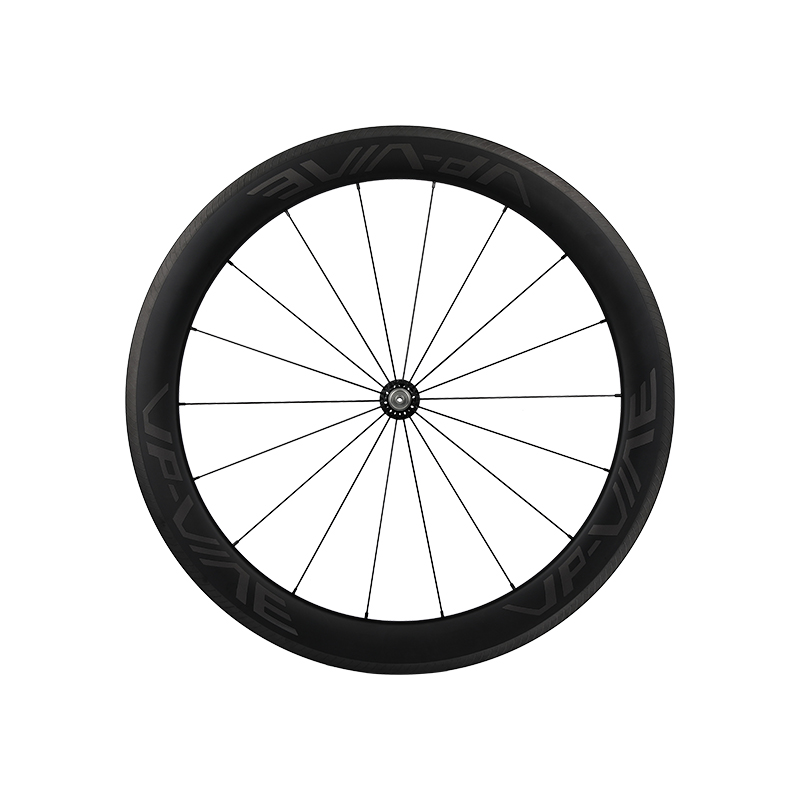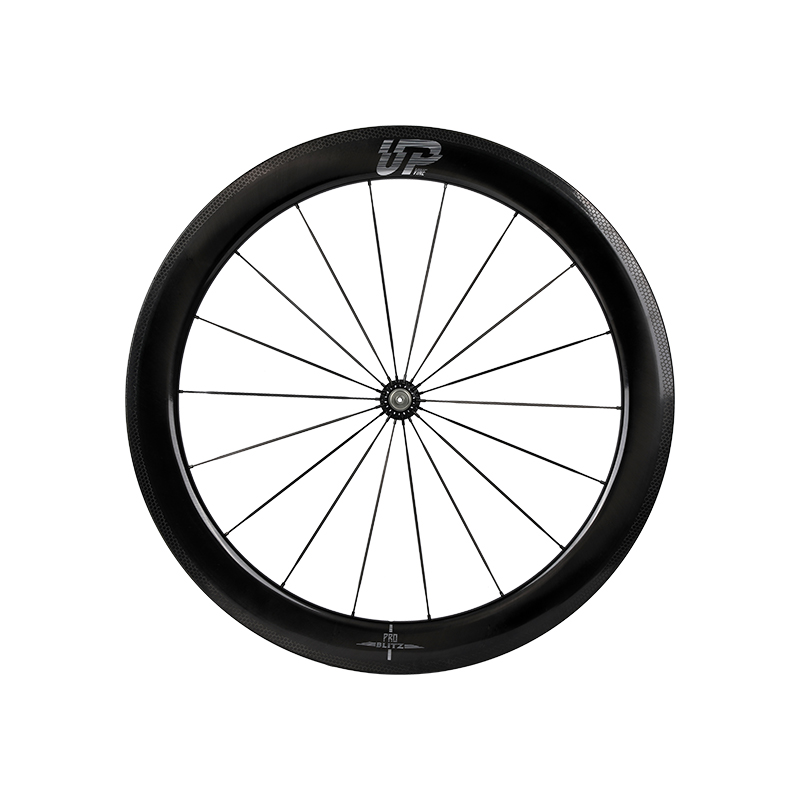Road bike wheels typically have narrow rims primarily for two main reasons: aerodynamics and reduced rolling resistance.
Aerodynamics: Narrow rims create less aerodynamic drag compared to wider rims. When a cyclist is riding at higher speeds, air resistance becomes a significant factor influencing overall performance. A narrower rim profile allows the wheel to slice through the air more smoothly, reducing drag and making it easier for the rider to maintain higher speeds with less effort.
Reduced Rolling Resistance: A narrower rim allows road bike tires to have a more rounded shape when inflated. This shape reduces the contact patch between the tire and the road surface, resulting in lower rolling resistance. Lower rolling resistance means that the bike requires less effort to maintain speed, allowing the cyclist to ride more efficiently and with less fatigue.
It's important to note that road bike wheels are specifically designed for use on smooth, paved roads. On such surfaces, the narrow rims and slick, smooth tires provide optimal performance. However, on rough or uneven terrain, narrower rims may not be as suitable, as they can result in a harsher ride and may not handle bumps and obstacles as well as wider rims used in other types of cycling, such as mountain biking or gravel riding.
Different types of cycling demand different wheel designs to match the specific terrain and performance requirements. For road biking, where speed and efficiency on smooth roads are crucial, narrow rims are a preferred choice to maximize aerodynamics and minimize rolling resistance.



 Español
Español













